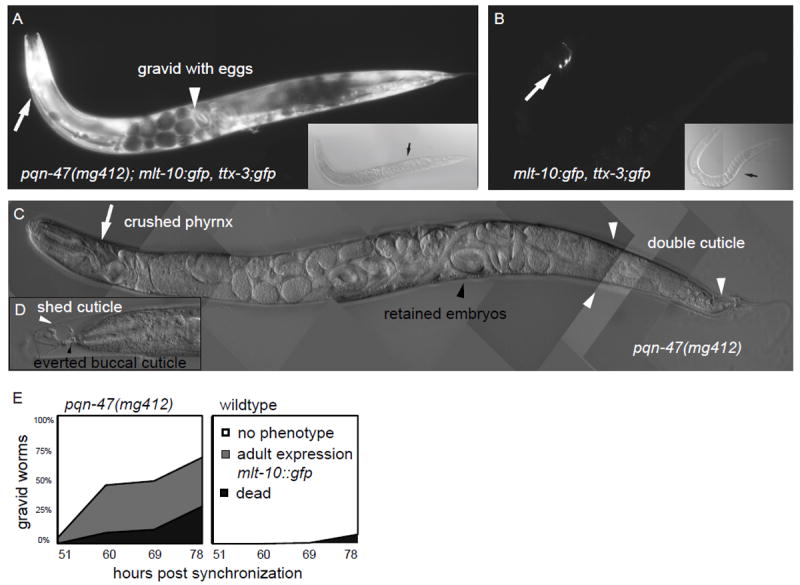Figure 1. Phenotypes of hypomorph pqn-47(mg412).

pqn-47(mg412) gravid adults (A) re-animate the molting reporter gene mlt-10p∷gfp-pest, whereas age matched wildtype gravid adults (B) do not. Wildtype only expresses the co-injection marker ttx-3p∷gfp (white arrows). GFP images in A and B were taken at the same exposure, and in both cases are the same focal plane on the same worm as the DIC image shown as an inset. Note the eggs within the gravid mg412 adults (black arrow) and the accumulating older unhatched worms (white arrow head) that have already turned on mlt-10 expression on their own, which in contrast only happens after they are laid in wildtype. (C) An older worm after the supernumerary molt has begun. Often the pharynx is bent (white arrow) due to futile attempts to release the everted buccal cuticle by pulling back against it. Gravid adults release cuticle from their entire body (see white arrows for outer cuticle along posterior body and tail). (D) An even older worm that successfully detached from the tip of the old cuticle (white arrow head), but whose buccal cavity has everted and has damaged pharyngal tissue (black arrow head). (E) Synchronized hatchlings of the indicated genotypes (mg412 n=368, wild type n=136) were raised at 25° C and scored for animation of the mlt-10 molting reporter and death due to bagging, supernumerary molt, and bursting. mg412 gravid adults first turn on the molting reporter, and then after 5-10 hours initiate a supernumerary molt that ultimately results in death. In wildtype, the reporter does not come back on, and the worms survive for weeks if not allowed to starve out the plate.
